Our 3 Locations
How Much Radiation Do You Get from a Dental X-Ray?

Dental x-rays are an essential part of many routine check-ups. However, some patients come to us with concerns about the long-term health risks of radiation. It’s a fair question, but while dental x-rays do involve some radiation, the exposure is minimal. In fact, dental x-ray radiation is nothing compared to what we encounter from other routine activities or natural sources. With this in mind, let’s take a closer look at x-rays and how we use them at Peak Family Dental Care to promote oral health.
The Types of Dental X-Rays
Before getting into dental x-ray radiation, it helps to understand the different types of dental x-rays. Every patient has their own set of needs, but here are a few types you might encounter at your appointment:
- Bitewing X-Rays—These capture the upper and lower back teeth and are useful for detecting cavities between teeth or changes in bone density.
- Panoramic X-Rays: Panoramic x-rays provide a full view of your entire mouth, including teeth, jaws, and sinuses.
- Periapical X-Rays: These x-rays focus on a single tooth and its surrounding bone and are often used to pinpoint the root cause of discomfort or infection.
- Cephalometric X-Rays—This less common type of x-ray is sometimes used in orthodontics to get a full view of facial bones and jaw alignment.
Understanding Radiation Exposure From Dental X-Rays
Radiation may sound intimidating, but it’s important to put it into perspective. Radiation is a natural part of our lives—we’re exposed to it daily through natural sources like sunlight, soil, and even the air we breathe. Humans have long been safely coexisting with low doses of radiation. On the radiation scale, dental x-rays rank extremely low. Here’s a quick guide to the radiation you get from dental x-rays:
Dental X-Ray Radiation Dose
Radiation is measured in a unit called microsieverts (µSv). A single bitewing x-ray exposes you to about five microsieverts, and a panoramic x-ray comes in at 10 to 20 microsieverts.
Other Sources of Radiation
Let’s compare dental x-rays to other everyday sources of radiation. Every year, people absorb around 3,000 microsieverts of natural background radiation simply by living on Earth. For even more perspective, a four-hour flight at cruising altitude can clock in between 20 and 50 microsieverts. That means a typical bitewing X-ray exposes you to less radiation than a day’s worth of natural background radiation or that short plane flight you might take for a weekend getaway.
What Keeps Dental X-Ray Radiation Levels Low?
Modern technology makes dental X-rays safer than ever. Advanced systems like digital x-rays reduce radiation exposure significantly compared to older film-based methods. To further protect patients from low doses of radiation, we also take the following precautions:
- Using specialized aprons and collars to protect the rest of your body.
- Taking x-rays only when necessary, based on your dental health history.
- Adjusting x-ray settings to deliver the lowest dose necessary for the clearest image.
Are Dental X-Rays Safe for Everyone?
For the vast majority of patients, dental x-rays are perfectly safe. However, certain groups may require additional considerations. For example, pregnant women should usually avoid dental x-rays unless absolutely necessary. At Peak Family Dental Care, we always try to avoid even low doses of radiation to protect the fetus during the most sensitive stages.
Conversely, children may actually need more x-rays than normal. Their teeth and jaw structures are still developing, so x-rays are particularly important for identifying cavities and problems with bite.
Why Are X-Rays Necessary?
Even after learning about the low risk associated with bitewing x-ray radiation, some patients are still hesitant to sign off on imaging services. However, the benefits of dental x-rays far outweigh the minimal risk of radiation exposure. Here are just a few of the reasons to get x-rays as often as recommended:
- Save Time and Money—Spotting cavities or gum disease before they become severe can save you from costly and invasive treatments later on.
- Improved Treatment Planning—X-rays provide insights that help us design the most effective treatment plan.
- Preventing Pain and Emergencies—By identifying issues early, x-rays can prevent painful dental emergencies like abscesses.
Helping You Smile Confidently
Dental x-rays might seem intimidating at first glance, but they’re a safe and effective tool for maintaining your oral health. With advances in technology and strict safety measures, the amount of radiation you’re exposed to is minimal, especially when you consider the significant benefits of detecting health problems early. Are you due for dental x-rays? Request an appointment at our Flagstaff, Cottonwood, or Sedona location.
